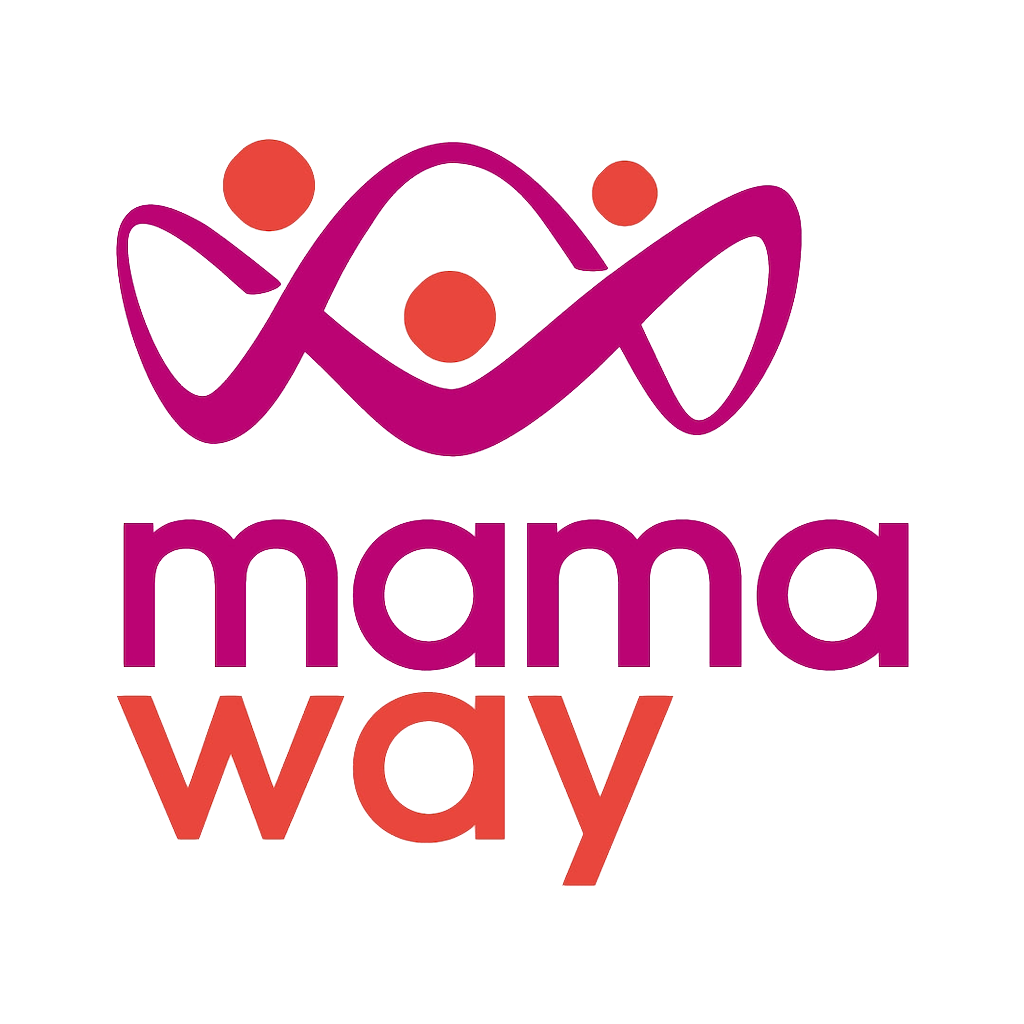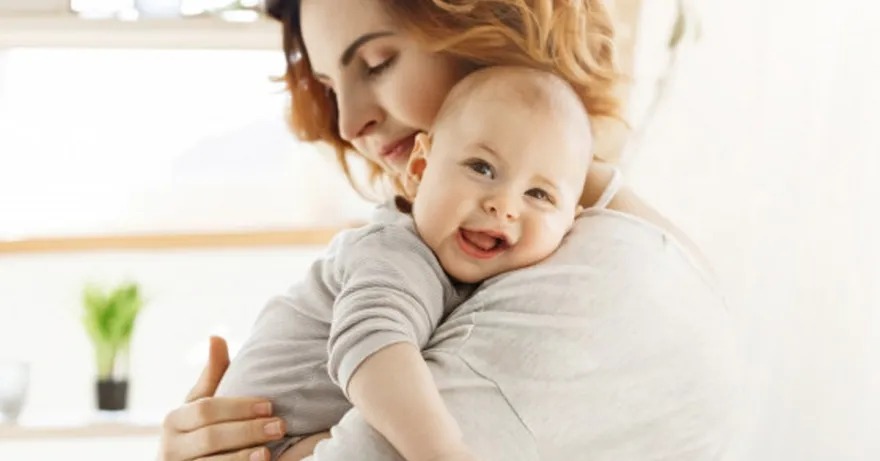Nobody can resist the smiles or laughter of babies, but have you ever wondered what makes them smile when they can’t understand any language? Out of curiosity, Casper Addyman, of Birkbeck, University of London, decided to find out the scientific reasons behind it, including the reflex smile, which can help our understanding of conditions such as autism and Down syndrome.
The Birth of the “Babylab”
This is the world’s largest and most comprehensive survey of what makes babies laugh, launched almost a decade ago. Over 1000 parents from around the world eagerly participated in the survey, completing forms detailing what, when, where, and why babies laugh. Video and audio files were highly encouraged. In 2020, “The Laughing Baby,” a book dedicated to exploring babies’ smiles, was also released.
When Do Babies Smile?
Caspar’s study shows that a baby’s first smile typically emerges around six weeks, followed shortly thereafter by their first social smiles between two and four months. Laughter usually lasts between three to six months. However, it’s important to note that some babies may take three times as long to laugh, so there’s no need to worry if your baby hasn’t reached this milestone yet.
Laughter is the positive response babies give when they learn something new or achieve something difficult. Smiles are often directed towards parents or caretakers as a cue to fulfil their needs. Crying typically serves to grab adults’ attention when babies need help.
There are some interesting results from the survey, showing that both dads and moms are equally funny to babies. Additionally, the survey reports that baby boys laugh an average of 50 times per day, slightly more than baby girls, who laugh around 37 times.
Caspar finds that what adults do to make them laugh doesn’t matter at all; what’s more important is that your baby has your undivided full attention. In the other saying, it’s not peek-a-boo that makes them laugh; it’s YOUR peek-a-boo that makes them laugh.
What Triggers Their Smile or Laughter?
If you’ve noticed, babies love being touched and tickled. It’s a widely known fact that Peek-a-boo is the ultimate entertainment for bonding with babies and young children. This is because babies often find it surprising when daddy or mommy suddenly reappears after disappearing. Although this startles them at first, babies start to anticipate the “return” from their beloved daddy or mommy as they haven’t developed a sense of time passing yet.
Any new, undiscovered field always triggers their laughter, and it could be as simple as turning the light on and off, making it go dark and bright. Just like 18-month-old babies can’t recognize their reflection in the mirror, 4-month-old babies show a high interest in reacting to the mirror because they realize that their reflection is imitating each of their actions.
Last but not least, smiling at them, playing, cuddling, and being with them is always a good way to bond with them. You can’t spoil a newborn; in fact, research shows that babies who receive parental care and affection early on benefit from enhanced brain and social development. This early interaction can even trigger a reflex smile in newborns, further strengthening the bond between parent and child.



Leave a Reply